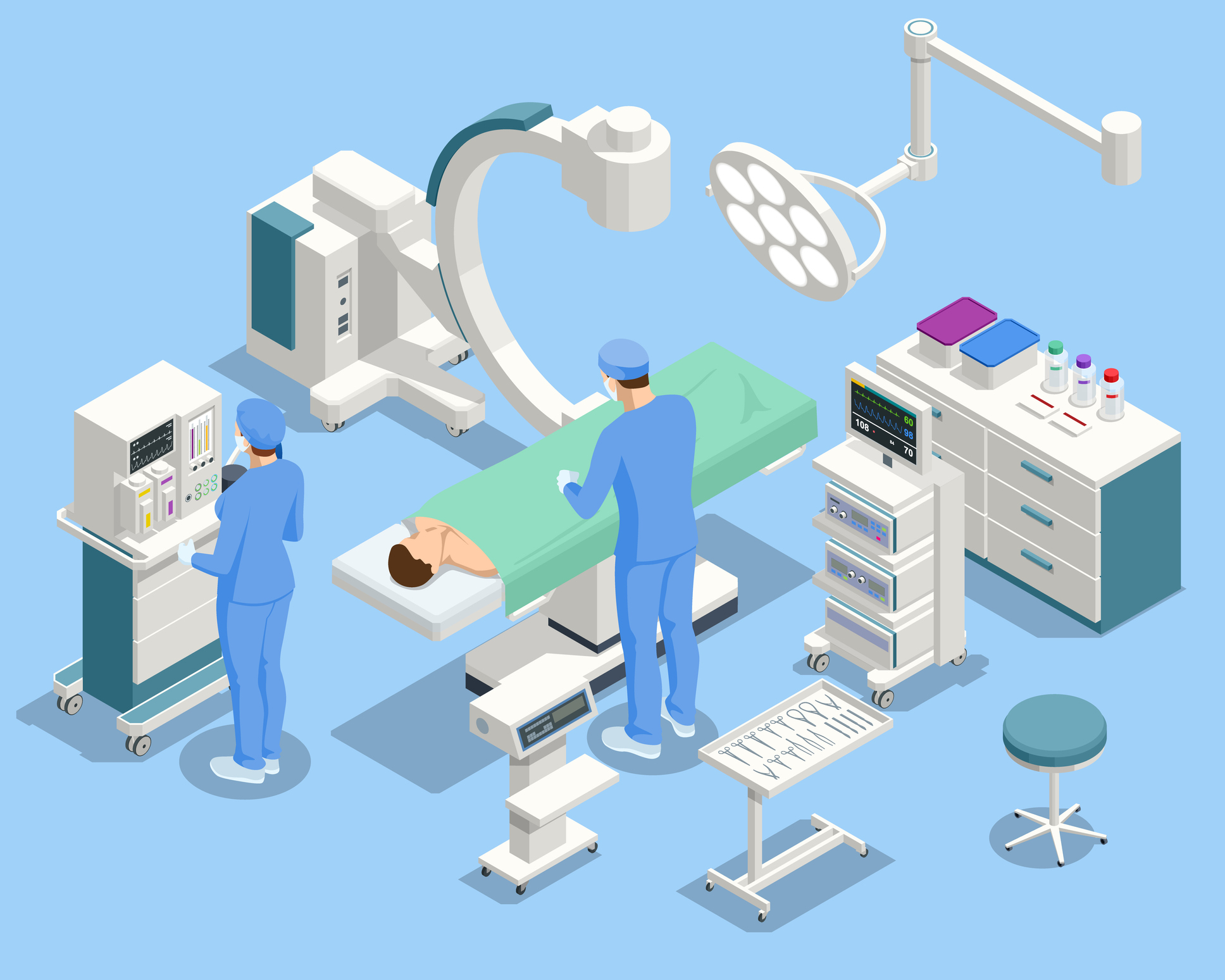One of the biggest ongoing stories in healthcare is the continuing shift of cases across the industry from hospital outpatient departments (HOPDs) to ambulatory surgery centers (ASCs). This movement has proven benefits for patients and physicians alike, but what are the significant differences between these two sites of service? What initially sparked the change, and why is it worthwhile for more cases to be moved?
Hospital Outpatient Departments
As explained by the name, hospital outpatient departments operate under the rules and regulations of hospital entities. They are typically used for patients who do not require overnight care or oversight following their treatment.
Due to ownership by a hospital, physicians must follow guidelines set in place by their hospital, which also fall under federal and individual state regulations and rules. For physicians, hospital employment offers a stable source of income and steady work without the high levels of financial risk associated with standalone ASCs.
With the rise in popularity of ASCs across the United States, hospital consolidation and purchases of formerly independent ASCs is on the rise. It is also important to note that not all centers are independent. A hospital can build and own a standalone facility. The American Academy of Orthopedic Surgeons (AAOS) adds in a 2019 article that a center can be “classified as an HOPD if it is within a 35-mile radius of the hospital and falls under the same financial and administrative contracts.”
Ambulatory Surgery Centers
ASCs operate independently of hospitals and involve physician ownership by one or more parties. While operating away from hospitals, ASCs still must follow set rules by the federal government.
ASCs are commonly used to treat low-risk patients with few comorbidities and provide care for diseases and issues covered by the ASC Covered Procedures List. One connection between these two sites of care is that in the event of an adverse event in which a patient must be transferred, ASCs can send patients to a hospital for further treatment.
The independent nature of ASCs incentivizes physicians to operate or move cases to these freestanding facilities. With help from management companies such as SCA Health, physicians can work together to set schedules, aesthetics, and other operational pieces of the business.
Differences
While both HOPDs and ASCs and the physicians and staff that operate them are committed to providing high-quality care to patients, there are distinct differences in both locations.
Cost Differentiation
Research has shown that patients who receive care in an ASC typically save money compared to the same procedure in an HOPD.
“Payment rates for the same procedures are lower in ASCs than in HOPDs,” the AAOS states. “Procedures performed in ASCs are reported to cost Medicare 53 percent of the amount paid to HOPDs. According to current data from Medicare’s Procedure Price Lookup tool, Medicare payments for knee arthroscopy are $1,005 to ASCs versus $2,098 to HOPDs, with similar differentials in procedures such as knee arthroplasty ($5,914 versus $9,349, respectively) and open reduction internal fixation (ORIF) of a lateral malleolus fracture ($2,854 versus $4,559, respectively).”
This cost-saving presented to the patient also extends to physicians, increasing profit margins and income dependent on procedure type and patient volume.
Stability
As mentioned above, one advantage of an HOPD can be stability in the pay structure. HOPDs will receive patients from the hospital and can rely on a steady caseload. While not every ASC will face the issue of case volume, the independent nature of the center may make maintaining volume a struggle in some locations.
However, with the help of SCA Health, ASC physicians can work to manage workloads, business operations, financials, and clinical aspects of their roles within their location. With the increasing migration of cases to ASCs, stability is becoming less of a concern for this group of physicians.
Conclusion
A March 2022 study authored by Kevin Yang, Varun Puvanesarajah, Majd Marrache, James Ficke, Joseph Levy, and Amit Jain notes that between 2012 and 2018, the utilization rate of ASCs increased from 31% to 34% across researched procedures.
This is just a tiny portion of the increasing shift across specialties. While some specialties, such as gastroenterology (GI), move faster than others, understanding the reasonings and rationale behind this movement can help physicians make informed decisions about their futures, help patients feel more comfortable with each setting, and provide insight into the future of healthcare.
To learn more about how SCA Health can assist your practice or ASC, click here
Resources
American Academy of Orthopedic Surgeons: https://www.aaos.org/aaosnow/2019/sep/managing/managing02/
Ambulatory Surgery Centers vs Hospital Outpatient Departments for Orthopedic Surgeries: https://pubmed.ncbi.nlm.nih.gov/35143432/






